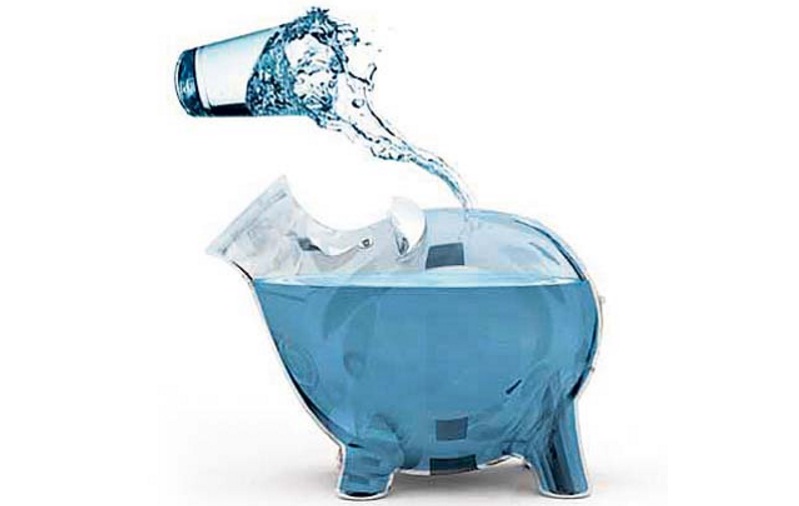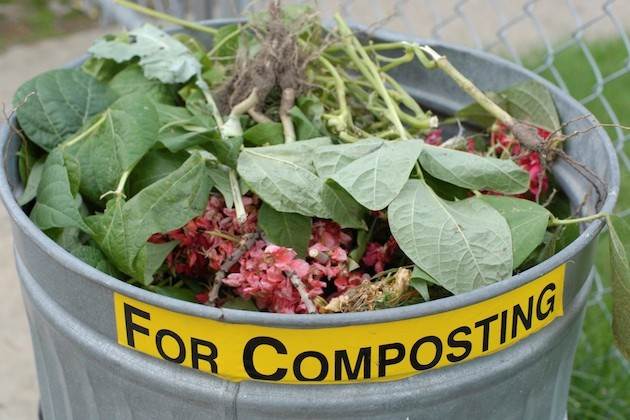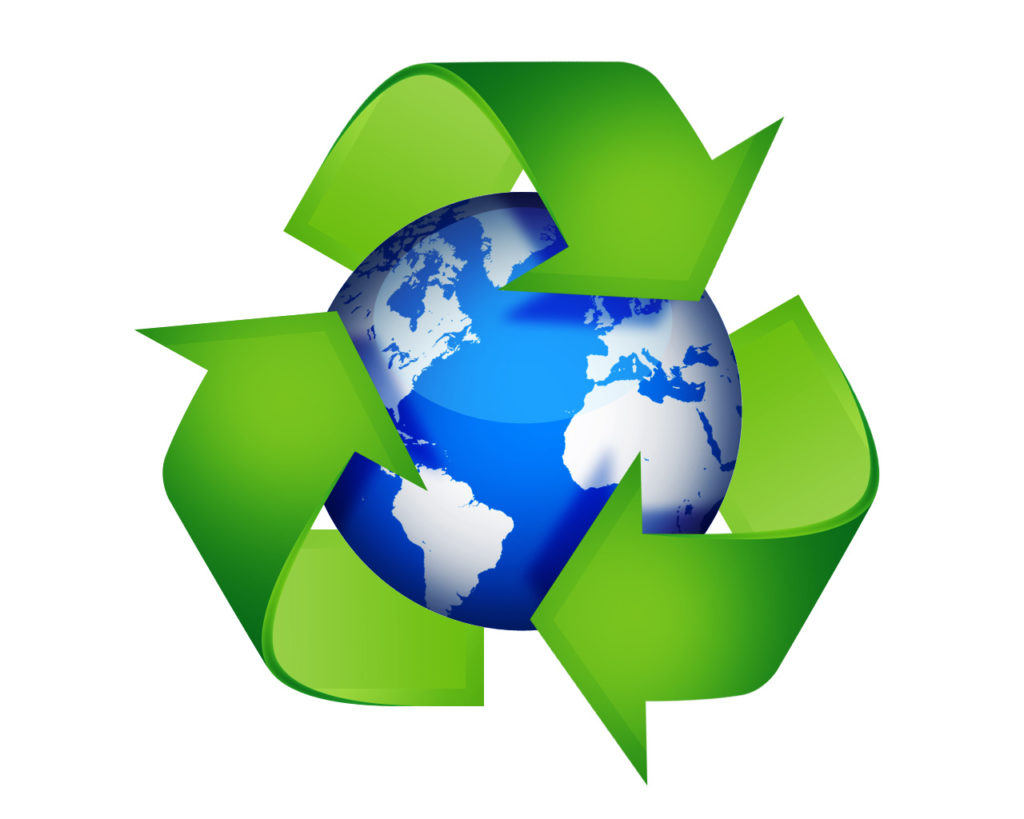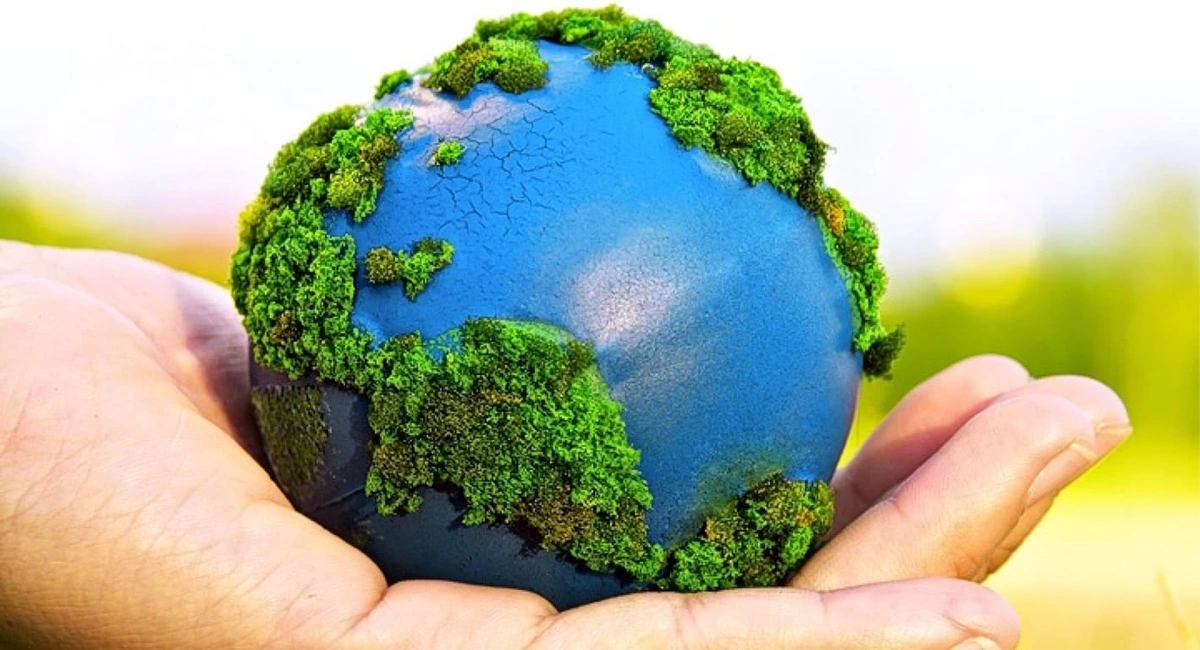We often think that saving and being environmentally friendly do not always go hand in hand but, in most cases, this is not the case. By following these 8 steps we will be able to save money while at the same time collaborating in the care of the environment. We will see that with a few simple gestures we can tackle climate change, reduce the impact we cause on the environment and, incidentally, save a few euros.
1. Be a conscious consumer
The first step is, without a doubt, to become a conscious consumer. This is nothing more than stopping to think before we act. Do I really need another new pair of sneakers? Do I really need to take the car to go shopping or can I go for a walk or a bike ride? Conscious consumption means satisfying the needs that arise, taking into account the consequences on ourselves, those around us and the environment.
2. Switch to LED
By switching from halogen, energy-saving or incandescent bulbs to LED bulbs, we achieve significant savings in light consumption. On the other hand, we avoid a large amount of carbon emissions into the atmosphere. In addition, LED lights do not contain the toxic materials that energy-saving bulbs have and are recyclable.

3. Conserve water
There are many ways not to waste water at home:
- We can turn off the faucet while brushing our teeth or while washing dishes.
- We can replace the bath with the shower.
- Using the ECO button on the washing machine allows us to save up to 50% of water and energy with impeccable washing results.
- Taking advantage of rainy days to water plants is ideal. In the case that it is necessary to water them, we have to do it in a moment where it is not very sunny or hot so that the irrigation is the most profitable possible.
- To cover the pool, if we have it, when it is not in use to avoid the evaporation avoids us to be refilling it every few days.
The options are almost endless and can also be implemented in the garden, kitchen, bathroom, etc.

4. Encourage composting
Composting is the process by which organic matter is transformed to obtain a natural fertilizer. The garbage that is generated daily in our homes has 40% of organic matter that can be reused in the form of humus (a substance composed of certain organic products of colloidal nature) in the soil for plants and crops. Composting at home is very simple and, contrary to what we may think, it does not have to produce unpleasant odors nor do we need a special container. All we need is a pot, and any kind of vegetable waste, which we will put in the pot. We will be sure to cover them with a little soil so that no odors are generated and we will cover the pot with cardboard or a bag to conserve the heat required for the composting process.

5. Use recycled products
With a little willpower, we can stop using new products and start using recycled products such as paper, cups, plastic or glass jars, etc. By using recycled products we save energy, raw materials and contribute to reduce waste.
6. Opt for local commerce
Avoid taking the car or public transport to go to buy, for example, a loaf of bread at the supermarket. If possible, walk to your local bakery. Although the product may be somewhat more expensive, the savings in fuel will make up the difference. Besides, apart from taking care of the environment by reducingCO2 emissions, we collaborate with the local economy.
7. Encourage recycling
Recycling should become a habit. The easiest step is to separate the waste we generate at home and throw it in the appropriate container, whether plastic, cardboard or glass. Batteries or other items such as household appliances, oils, and light bulbs, among others, should be deposited in the clean points.

8. Do not throw garbage in the street
Perhaps one of the simplest things to do, but sometimes the most difficult. Avoid littering in the street or public places, because in some places you can even be fined. Holding the paper you are going to throw away for a few steps to the nearest trash garbage can helps to improve the appearance of the city.
As you can see, it is very easy to become a crack of saving and the environment. From Ledkia we encourage you to commit to these simple steps that will allow you to save while helping to improve the environment. If you want to know more tricks to save energy at home you can read this article with 101 different tips.


